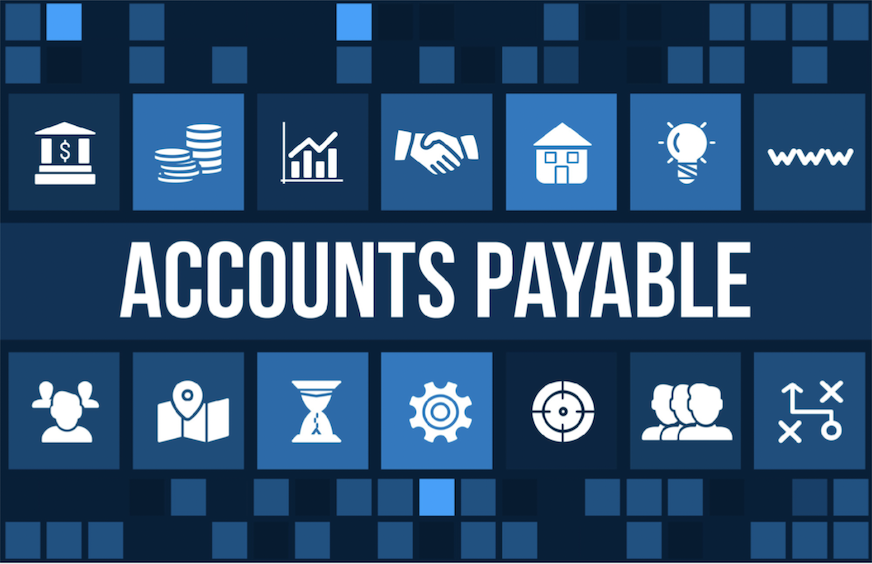In 2019, there were around 30.7 million small businesses in this country. So, if you’re a business owner, you might be part of this statistic.
All businesses use accounting principles to record their financial information, which means you’ll need to know the difference between accounts receivable vs. accounts payable.
Do you know the difference? If not, you might want to learn. As you compare accounts receivable and accounts payable, you’ll see the difference. Here is a guide to help you learn.
What Is Accounts Receivable?
In the world of accounting, accountants record transactions in the books to track a company’s finances. While a company may have many accounts, most fall into one of the following categories:
- Assets
- Liabilities
- Equity
- Revenues
- Expenses
An asset is something you own that has value. Cash is the most popular asset you can have, but you can also have many others, including accounts receivable.
Accounts receivable is an asset because it is an account that represents money owed to your business.
How It Works
When your company sells goods or services to a customer, they might ask for a credit line. A credit line gives the customer time to pay their bill. For example, they might have 30 days or more to pay the balance in full.
When this occurs, you mark your records as an account receivable for the amount the person owes you. While you don’t have the cash from the sale, you have a promise from the customer to pay you for it.
Each time you mark an accounts receivable sale, it increases your assets, as accounts receivable is an asset. When the person pays the bill, you receive cash.
Therefore, your cash balance increases while the receivable account decreases.
The Benefits and Challenges of Accounts Receivable
Offering accounts receivable is a good thing, as your customers might buy more goods or services from you. They do this because they won’t need to pay the bill right away.
As a result, you might see an increase in your sales by offering accounts receivable accounts to your clients.
The main challenge of offering accounts receivable is collecting the money. As you extend credit lines, it can decrease your immediate cash flow. You might have trouble collecting the money when the bills are due.
You might even have to write some of them off. While there are many challenges of accounts receivable, you can manage the challenges by using the right solutions.
Accounts Receivable Solutions
If you decide to offer accounts receivable to your customers, you might want to work out some solutions to avoid the challenges listed above.
One option is to use accounts receivable management software. You can use software through Invoiced that helps you manage your accounts. Using this type of software makes it easier to track your accounts receivable.
It also provides simple ways for your customers to pay their bills. Without using a tool like this, your company might struggle trying to collect the money that people owe you.
The goal is to make sure you keep a positive cash flow in your company by collecting the money owed to you on time.
What Is Accounts Payable?
Now that you understand accounts receivable, you might wonder what the difference is between accounts payable vs. accounts receivable. So, let’s talk about accounts payable now.
Accounts payable is also an account that you might have on your company’s books, but it is not an asset. Instead, accounts payable is a liability.
A liability account refers to money your company owes. Therefore, the main difference between accounts receivable and accounts payable is the person owing the money.
With accounts receivable, it’s the customers that owe you money. With accounts payable, it’s your business that owes money to other companies or people.
How It Works
To better understand accounts payable, let’s look at an example. Suppose that your company buys materials for $5,000. If the material company extends a line of credit to you, they won’t expect payment right now.
The company you bought the materials from offers you an accounts receivable account (from their perspective).
From your company’s perspective, the bill is an accounts payable. It’s money that you owe for the materials you received. If you had to pay for the purchase right now, you would pay cash for it.
If you receive a credit line, you mark your books with a posting to accounts payable. The result is that you have a new liability – a new debt – that you must pay when the bill is due.
When you pay the bill, your cash account decreases as well as your accounts payable account.
The Benefits and Challenges of Accounts Payable
Accounts payable is a great thing for a business in one way. It offers time to pay your bills, which helps you control your outgoing cash.
The downside to accounts payable is that you must eventually pay these bills. When you have debts on your books, you can’t ignore them. You’ll have to pay them when they’re due.
Accounts Payable Solutions
Managing your accounts payable is vital for any type of business. To manage your accounts payable accounts, you must keep a record of what bills you owe and the due dates for each one.
You must pay these debts on time to avoid late fees and interest charges.
You might also want to watch for potential discounts. Some companies offer discounts when their customers pay their bills early. If you can pay your bills early, you might save more money.
Learning the Difference Between Accounts Receivable vs. Accounts Payable Is Vital If you Own a Business
Learning the difference between accounts receivable vs. accounts payable is vital if you run any type of business.
All businesses use accounting, and knowing the difference can give you more understanding with where your company stands financially.
If you enjoyed reading this article, check out the rest of our site for more informative articles.










